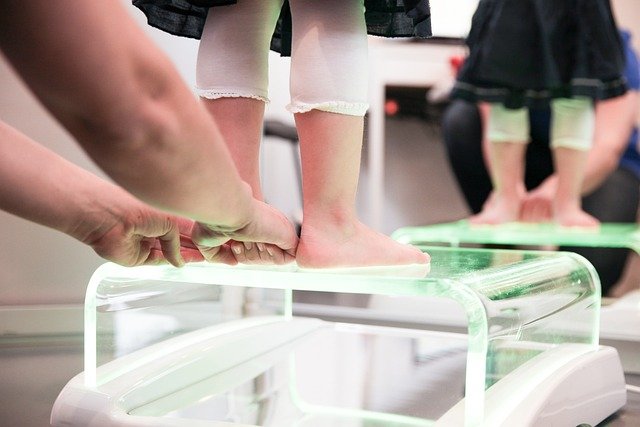How to Use a Powered Callus Remover Safely and Effectively
A powered callus remover can make foot care simpler and more comfortable when used correctly. This article explains safe preparation, step-by-step use, maintenance, and when to seek professional help from a clinic or healthcare provider, with attention to technology and comfort considerations.

This article explains practical, safety-focused guidance for using a powered callus remover on feet. It covers device types, preparation, step-by-step technique, and maintenance to reduce the risk of irritation or injury while improving comfort and skin appearance. Practical tips include checking device settings, protecting surrounding skin, and knowing when to stop and consult a professional.
This article is for informational purposes only and should not be considered medical advice. Please consult a qualified healthcare professional for personalized guidance and treatment.
What is a powered callus remover and how does its technology work
A powered callus remover is a handheld personal care device that removes thickened skin with an abrasive head or rotating disc. Some models use mechanical rotation, others combine micro-abrasion with vibration or ultrasonic elements. Technology varies by product line, but the goal is the same: controlled removal of hardened skin layers. Choose a device with adjustable speed settings and removable heads so the device matches your skin’s sensitivity and the thickness of callus tissue.
How to prepare your feet for treatment for comfort and health
Preparation reduces the chance of over-removal and improves comfort. Soak feet in warm water for 5–10 minutes or wash and dry thoroughly; warm skin is more pliable and easier to treat. Check skin for cuts, rashes, diabetes-related neuropathy, or any condition that may make at-home removal unsafe. Trim nails and ensure hands and nails are clean if you’ll touch treated areas. Use a towel to protect toes and maintain a steady, comfortable position during treatment.
What step-by-step safety steps should you follow during use
Start with the lowest speed setting and gentle pressure; let the device do the work rather than grinding aggressively. Move in short, even strokes across the callus, periodically checking the skin. Avoid staying in one spot for more than a few seconds. If the device has temperature indicators or ultrasonic modes, follow manufacturer guidance for safe durations. Stop immediately if you feel pain, see bleeding, or notice excessive redness. Afterward, rinse, pat dry, and apply a moisturizing lotion to restore skin comfort.
When should you consult a clinic, patient care, or a specialist
Seek professional care if calluses are painful, infected, or if you have underlying health issues such as diabetes, peripheral neuropathy, or circulatory problems. A clinic or podiatry service can assess whether debridement, custom orthotics, or medical treatment is necessary. Patients who are unsure about home treatments should schedule an evaluation, since unmanaged foot conditions can affect overall health and lifestyle mobility.
How to clean, maintain and consider temperature or ultrasonic features
Regular cleaning extends device life and helps prevent infection. Remove and wash heads per manufacturer instructions, allow parts to dry fully, and replace grinding attachments when worn. If your model uses ultrasonic technology or temperature feedback, follow the user manual for safe operating times; these modes may change how the device interacts with skin. Store in a dry place and check batteries or charging components before each use to ensure consistent performance and comfort.
Cosmetic and lifestyle contexts: where a callus remover fits among personal care services
Powered callus removers are a personal care tool that complements cosmetic foot services offered by salons or clinics. In lifestyle contexts such as grooming or barber-led spa offerings, they support overall body care but are not suitable for face, breast, or other delicate areas. For cosmetic or aesthetic goals, combine regular home maintenance with periodic professional services to manage thickened skin safely. Men and women both benefit from routine foot care as part of broader health and grooming routines.
Conclusion Used correctly, a powered callus remover can safely improve comfort and the appearance of feet. Prioritize proper preparation, conservative technique, and regular maintenance; always respect device limits and personal health conditions. When in doubt or when signs of infection or deeper medical issues appear, consult a qualified healthcare provider or clinic for assessment and tailored treatment.





